To **choose best dart equipment**, prioritize darts that feel comfortable in your hand and match your throwing style, considering weight, grip, and barrel material. This article delves into everything you need to know about selecting the perfect darts, dartboards, and accessories to elevate your game.
⚠️ Still Using Pen & Paper (or a Chalkboard)?! ⚠️
Step into the future! The Dart Counter App handles all the scoring, suggests checkouts, and tracks your stats automatically. It's easier than you think!
Try the Smart Dart Counter App FREE!Ready for an upgrade? Click above!
Understanding Dart Weight and Balance for Optimal Performance
One of the first and most crucial steps when you **choose best dart equipment** is understanding dart weight. Darts typically range from 16 grams to 30 grams, but the ideal weight is highly personal. Heavier darts are often favored by beginners as they tend to fly straighter with less effort, while more experienced players might prefer lighter darts for increased control and finesse.
Beyond weight, consider the balance of the dart. Front-weighted darts can help with a smooth, consistent throw, while center-weighted darts offer a more balanced feel. Rear-weighted darts are less common but can be beneficial for players who use a sweeping throwing motion. Experimentation is key to finding what works best for you. You can read more about this in our guide on best material for darts.
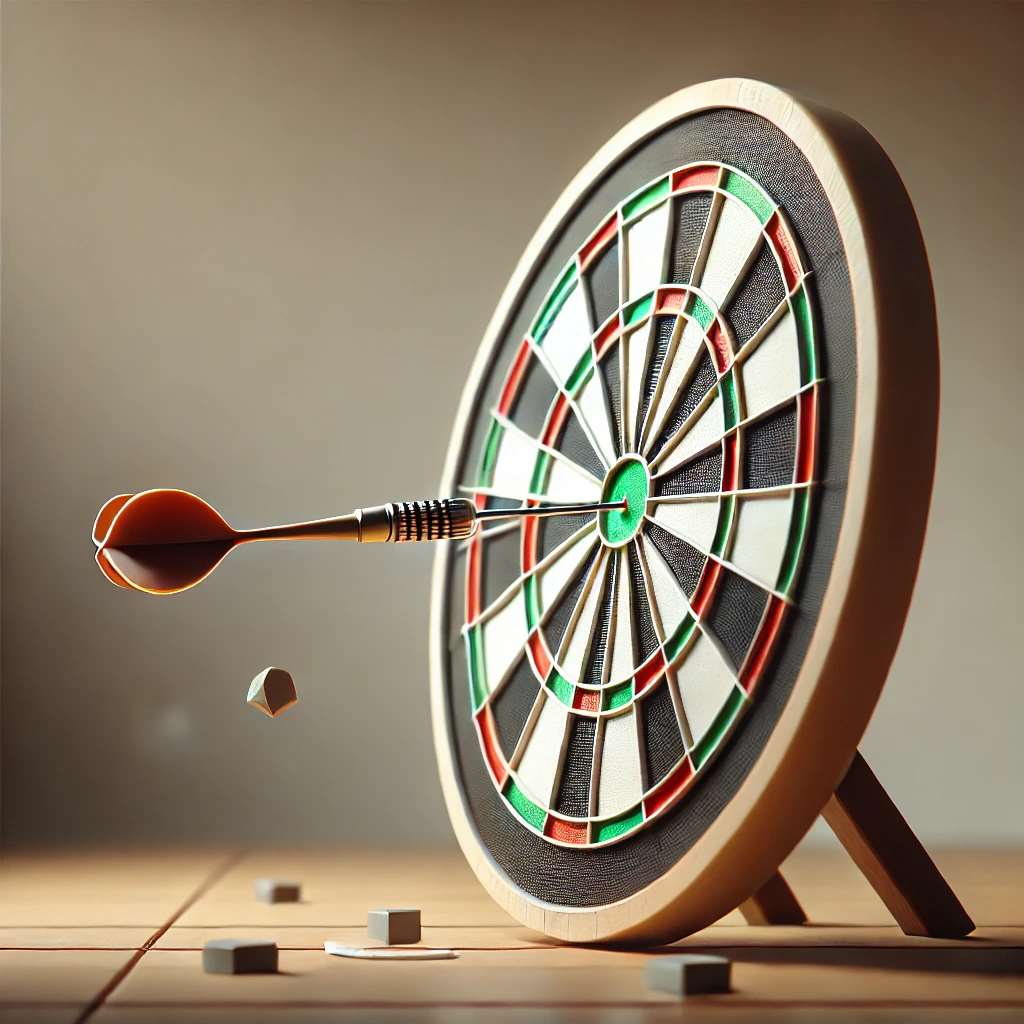
Dart Barrel Materials: Steel Tip vs. Soft Tip
The material of the dart barrel significantly impacts its grip, durability, and price. The two most common types of darts are steel tip and soft tip, each designed for specific dartboards.
Steel Tip Darts
Steel tip darts are traditionally used on sisal fiber dartboards. The most popular materials for steel tip dart barrels include:
- Tungsten: Known for its density and slim profile, tungsten allows for tighter groupings on the dartboard. Higher tungsten percentages (80-97%) generally indicate better quality. Understanding tungsten percentage explained can drastically improve your dart selection.
- Brass: A more affordable option, brass darts are thicker and less durable than tungsten. They are a good starting point for beginners.
- Nickel Silver: A blend of metals that offers a compromise between brass and tungsten in terms of price and performance. More information can be found about nickel silver darts info.
Soft Tip Darts
Soft tip darts are designed for electronic dartboards. They typically have plastic tips that are less damaging to the board. The materials used for soft tip dart barrels are similar to steel tip, but the overall weight is usually lighter to avoid damaging the electronic board.
When you **choose best dart equipment**, considering the type of dartboard you will be using is critical in the selection process.
Grip Styles and Dart Barrels
The grip of a dart is a crucial factor in achieving consistent throws. Dart barrels come in various shapes and textures to accommodate different grip styles.
- Knurled Barrels: Offer a rough, textured surface for a secure grip.
- Smooth Barrels: Provide a sleek, minimalist feel.
- Ringed Barrels: Feature distinct rings that offer multiple grip points.
- Scalloped Barrels: Have recessed sections that provide a comfortable and consistent finger placement.
Experiment with different barrel types to find the grip that feels most natural and comfortable in your hand. Don’t underestimate how crucial a proper grip is; it can dramatically improve your accuracy. Exploring beginner dart barrel materials may also help you decide on the ideal grip for your skill level.
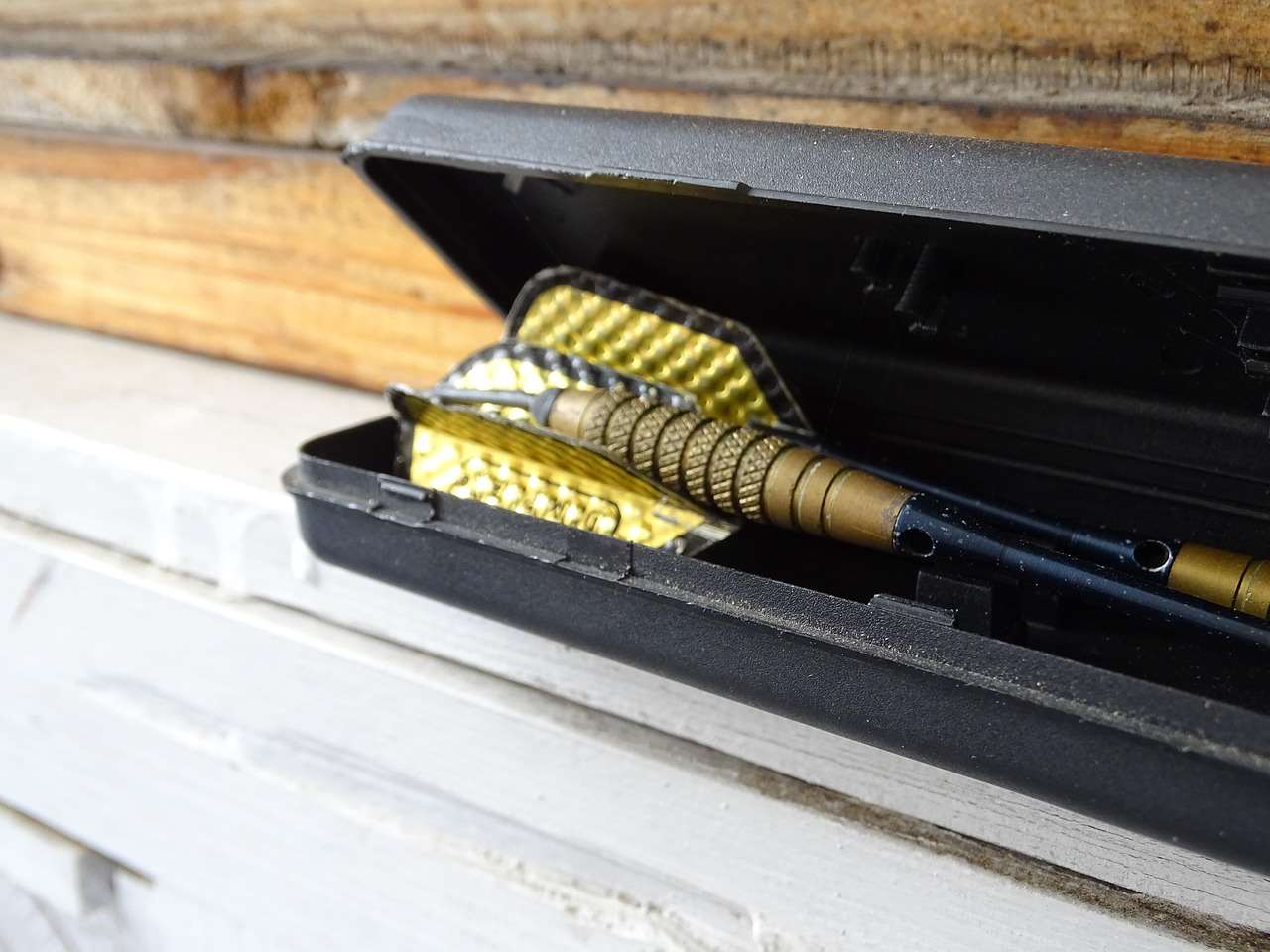
Choosing the Right Dart Shafts and Flights
Dart shafts and flights play a significant role in the dart’s aerodynamics and stability. The shaft connects the barrel to the flight, while the flight provides lift and drag to control the dart’s trajectory. There are many considerations when you **choose best dart equipment**, and both shafts and flights are an important part of the equation.
Dart Shafts
Dart shafts come in various lengths and materials:
- Length: Shaft length affects the dart’s center of gravity. Shorter shafts generally provide more stability, while longer shafts can increase the dart’s arc.
- Materials: Common materials include nylon, aluminum, and carbon fiber. Nylon shafts are lightweight and inexpensive, while aluminum and carbon fiber shafts are more durable and offer better stability.
Dart Flights
Dart flights come in a variety of shapes and sizes, each influencing the dart’s flight characteristics:
- Standard Flights: Provide maximum surface area for lift and drag, offering stable flight.
- Slim Flights: Reduce surface area for increased speed and reduced drag.
- Kite Flights: A hybrid shape that offers a balance of stability and speed.
- Vane Flights: Small flights designed for maximum speed.
When you **choose best dart equipment**, you should consider the flight shape that best complements your throwing style. Experiment with different combinations of shafts and flights to find the optimal setup for your game.
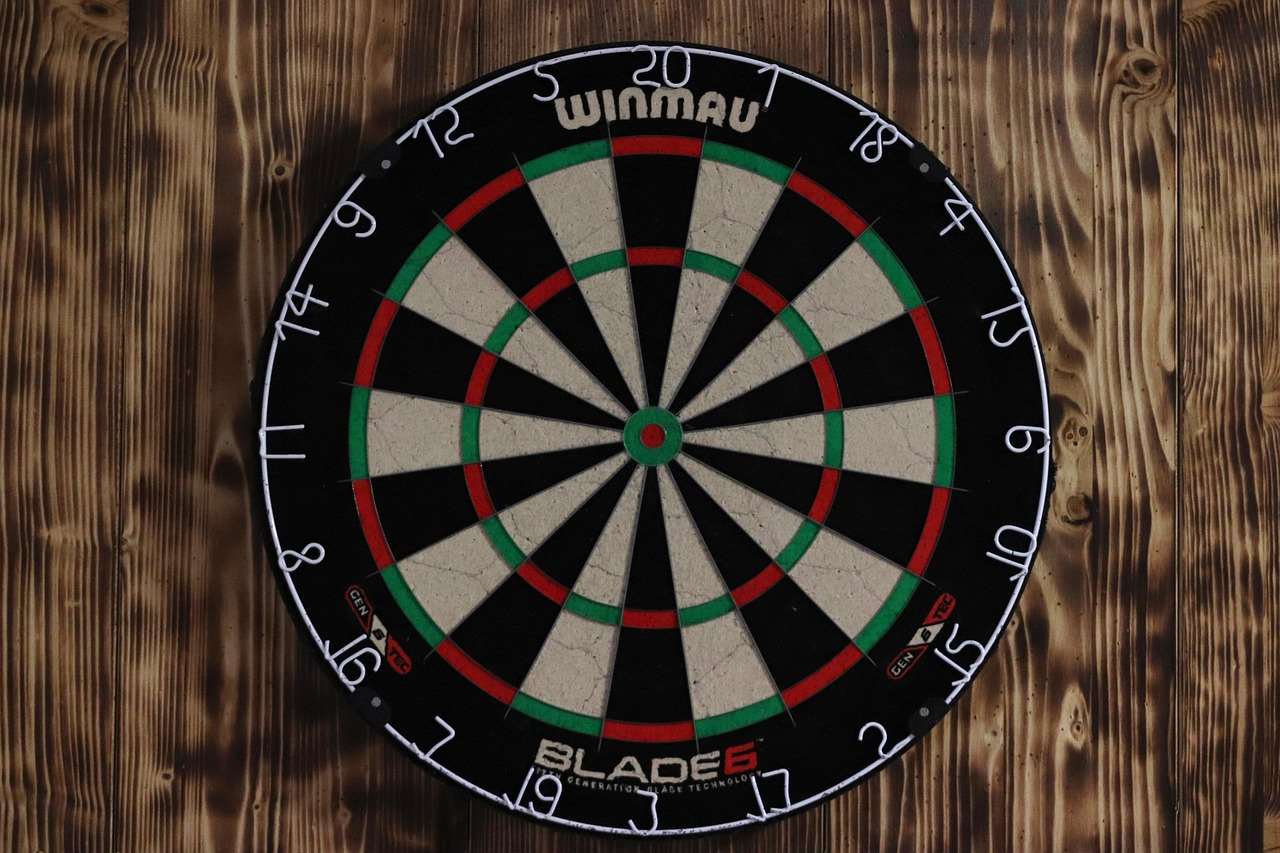
Dartboards: Sisal Fiber vs. Electronic
The dartboard is a critical piece of equipment. The type of dartboard you choose depends on your preferences and the type of darts you use.
Sisal Fiber Dartboards
Sisal fiber dartboards are the traditional choice for steel tip darts. They are made from compressed sisal fibers that self-heal when the darts are removed. High-quality sisal dartboards offer excellent durability and a professional playing experience.
Electronic Dartboards
Electronic dartboards are designed for soft tip darts. They feature electronic scoring and various game options, making them ideal for recreational play. Electronic dartboards often have built-in features such as automatic scoring and digital displays, making them a fun and convenient option.
Essential Dart Accessories
In addition to darts and dartboards, several accessories can enhance your dart-playing experience:
- Dart Case: Protects your darts from damage and keeps them organized.
- Dart Mat: Protects your floor from stray darts and provides a designated throwing area.
- Oche Line: Marks the official throwing distance from the dartboard.
- Dart Sharpener: Keeps your steel tip darts sharp for better grip on the board.
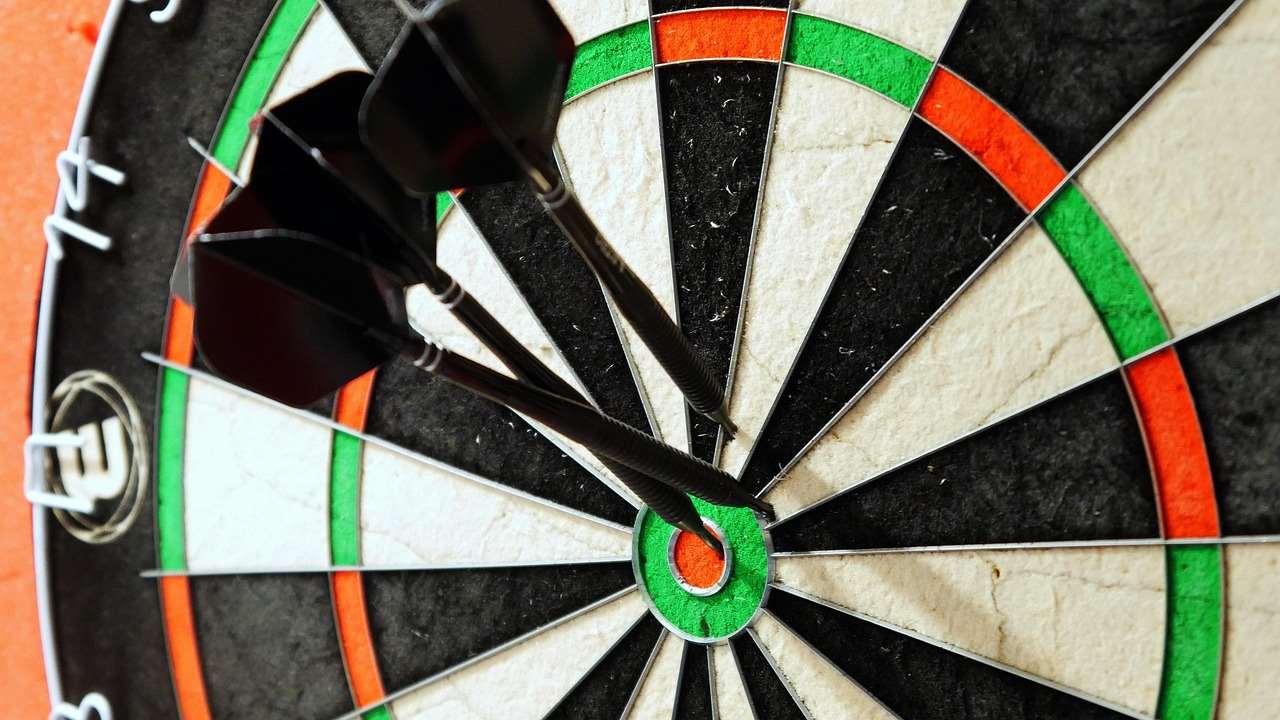
Tips for Improving Your Dart Game
Choosing the right equipment is only part of the equation. Improving your dart game requires practice, technique, and strategy.
- Consistent Stance: Maintain a stable and balanced stance.
- Proper Grip: Hold the dart comfortably and consistently.
- Smooth Throw: Use a smooth, fluid throwing motion.
- Follow Through: Extend your arm fully and follow through with your throw.
- Practice Regularly: Consistent practice is key to improving your accuracy and consistency.
For many, understanding why choose tungsten darts over other materials can be a gateway to improving their game.
Finding the Perfect Fit: Trial and Error
Ultimately, the best way to **choose best dart equipment** is through experimentation. Visit a local dart shop and try out different darts to find what feels most comfortable and performs best for you. Don’t be afraid to try different weights, materials, and grip styles until you find the perfect fit. Consider also using a Dart Counter App to keep track of your performance and identify areas for improvement.
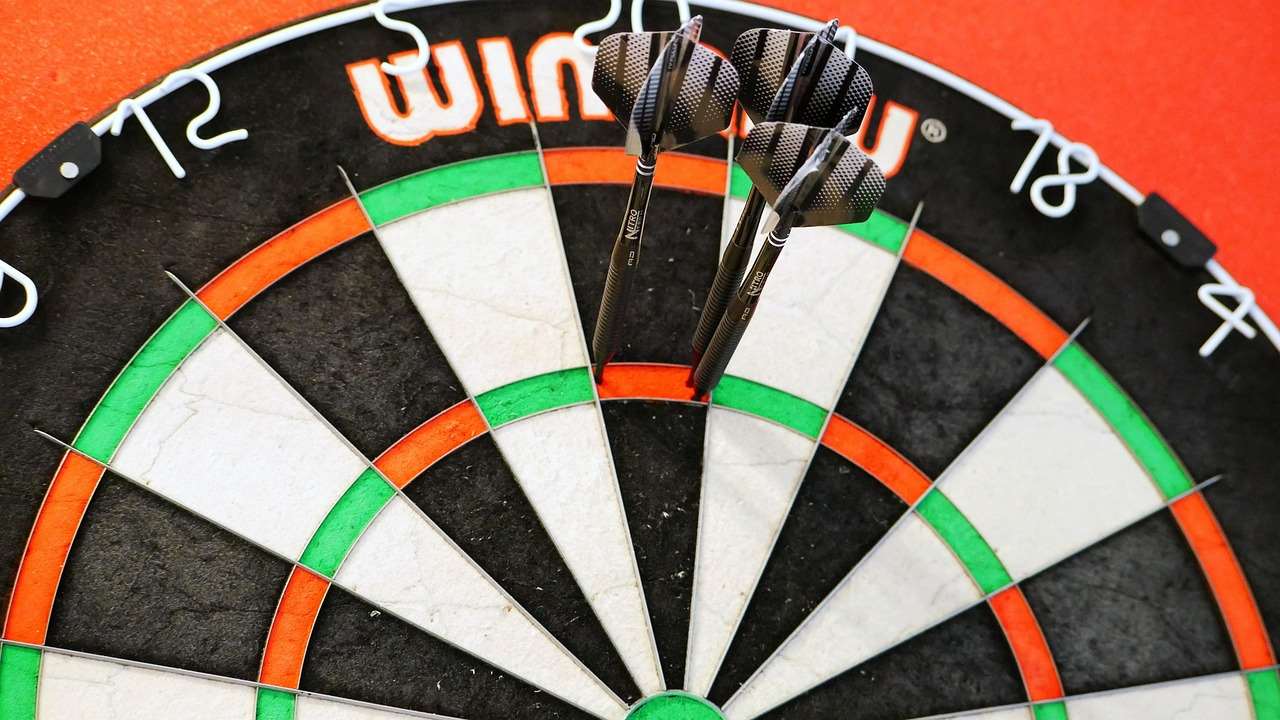
Consider Your Budget
When you **choose best dart equipment**, it’s easy to get caught up in the high-end options. However, there are excellent choices available at various price points. Starting with a mid-range set and gradually upgrading as your skills improve can be a smart approach. Don’t feel pressured to buy the most expensive equipment right away; focus on finding what works best for you regardless of price.
Conclusion
Choosing the right dart equipment is a personal journey that requires experimentation and consideration of your individual preferences and playing style. By understanding the factors that influence dart performance – weight, balance, material, grip, shafts, and flights – you can make informed decisions and **choose best dart equipment** for you to enhance your game. So, take your time, explore your options, and enjoy the process of finding the perfect equipment that will help you hit those bullseyes with confidence! Start your search today and elevate your dart game to new heights!
Hi, I’m Dieter, and I created Dartcounter (Dartcounterapp.com). My motivation wasn’t being a darts expert – quite the opposite! When I first started playing, I loved the game but found keeping accurate scores and tracking stats difficult and distracting.
I figured I couldn’t be the only one struggling with this. So, I decided to build a solution: an easy-to-use application that everyone, no matter their experience level, could use to manage scoring effortlessly.
My goal for Dartcounter was simple: let the app handle the numbers – the scoring, the averages, the stats, even checkout suggestions – so players could focus purely on their throw and enjoying the game. It began as a way to solve my own beginner’s problem, and I’m thrilled it has grown into a helpful tool for the wider darts community.